The eagle-eyed amongst you, or those who have followed us on social media for a long time, might have noticed a reindeer named Sika popping up on our pages once or twice in the last few months, having never heard of her before. So where has she come from? Is she ‘new’?!
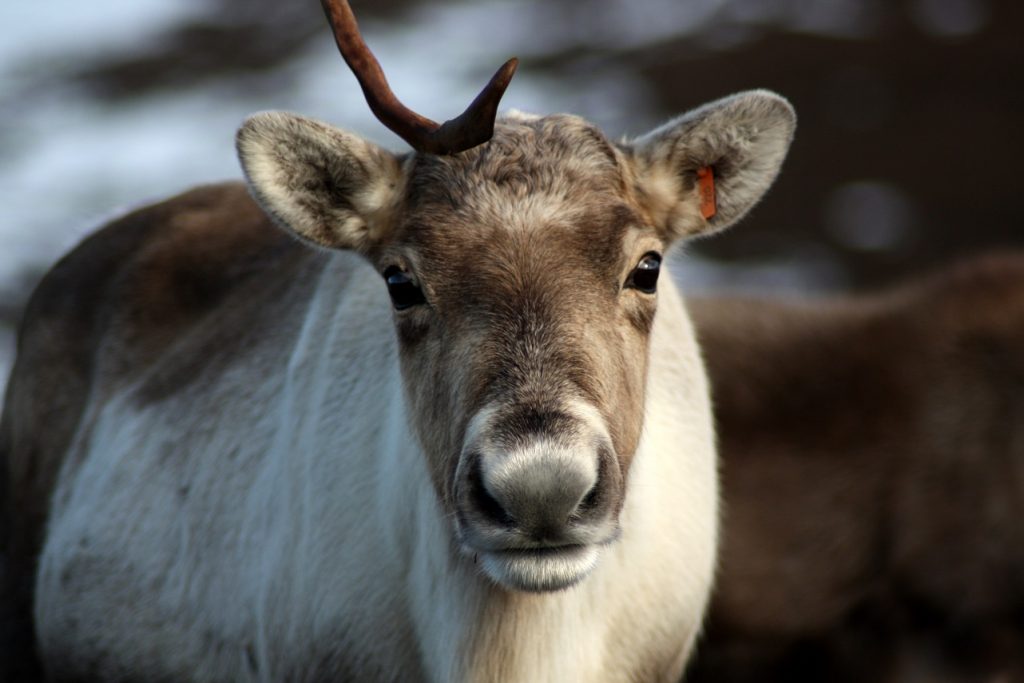
In fact, she’s not remotely new – actually she’s rather old. Sika was born in 2008 and has been here her whole life, but this winter there’s been a bit of a turnaround in her character, which has taken all of us rather by surprise. Let me explain…
In 2008 we named our calves after ‘horned and antlered animal species’, and the name we picked for Malawi’s wee female calf was Impala. But time passed and Malawi and Impala weren’t seen for ages, and whilst winter crept on and all the other calves came into the hill enclosure and got used to being handled and were halter-trained, there was still no sign of the two. Eventually, Malawi showed up but she was alone, with no sign on Impala. Frustrated, we wrote off Impala as one of the losses that year – not every calf makes it to adulthood sadly.
And then in January 2009, a report reached us of a reindeer calf alone at the far end of the Kincardine hills, at the edge of the Cairngorms but not in a spot that reindeer normally stray to. Off we went to investigate, and there was a wee calf – alone and very shy. Eventually she was captured with the aid of some makeshift fencing and a small group of tame adult reindeer acting as decoys – but who was she? Process of elimination led us to realise she must be Impala, separated from Malawi accidentally at some point and then lost by herself in an area she didn’t know. But as we had had to ‘seek her’ (geddit?), and the name Sika hadn’t been used in that year’s naming theme, ‘Impala’ fell by the wayside and ‘Sika’ joined the herd instead.

Christmas is the time that our calves receive most of their formative handling, transforming from effectively wild animals to tame ones well used to being around people. But Sika had missed this window, and while we did initially halter-train her, she remained very wild still in character compared to others, and quickly became a reindeer that we didn’t even consider trying to put a halter on in adult life. She lived her life up on the Cairngorms, never being brought down to our Paddocks or moved across to our alternative winter grazing range as moving her just wasn’t an option. A ‘background’ reindeer – never noticed by visitors (and often barely by us!), just there in the herd but never really featuring much or making any great impact on any of our lives. She has never even had an adopter – one of the very few reindeer in the herd with this dubious accolade.
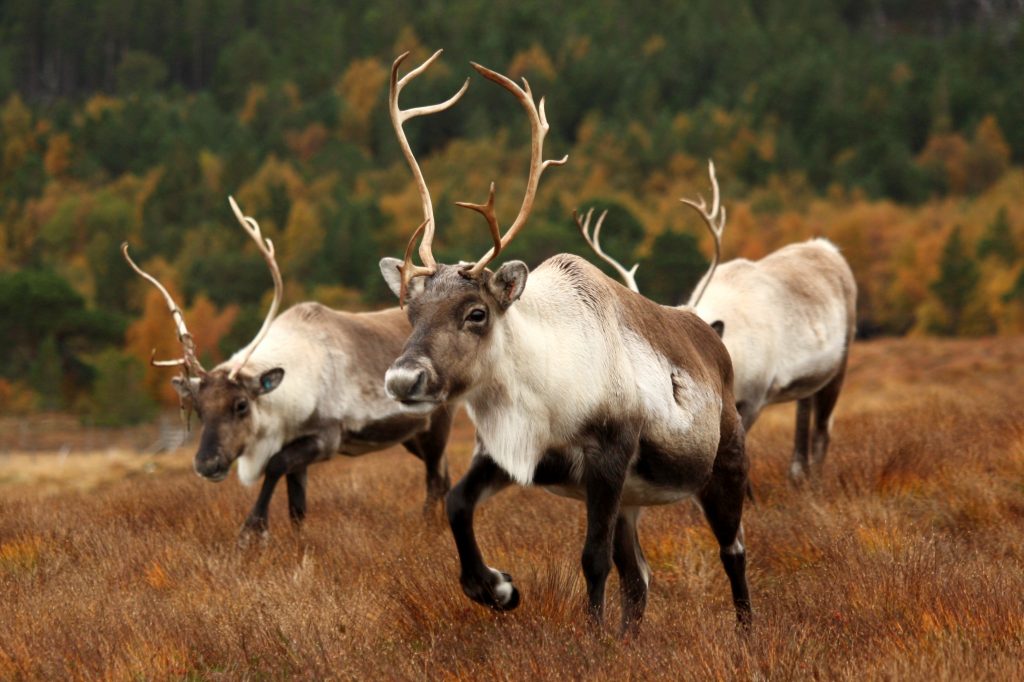
Over the years Sika produced a couple of calves, but in general we avoiding breeding her to some extent as breeding a wild streak into our herd is not ideal. Her calves, few and far between, also turned out rather shy too, although not as bad as Sika herself. The one anomaly was Bordeaux, her only female calf, who was born in 2019 and is an absolute sweetie! We have no idea really why she has turned out the way she has – she certainly didn’t get her trust in humans from her mum!
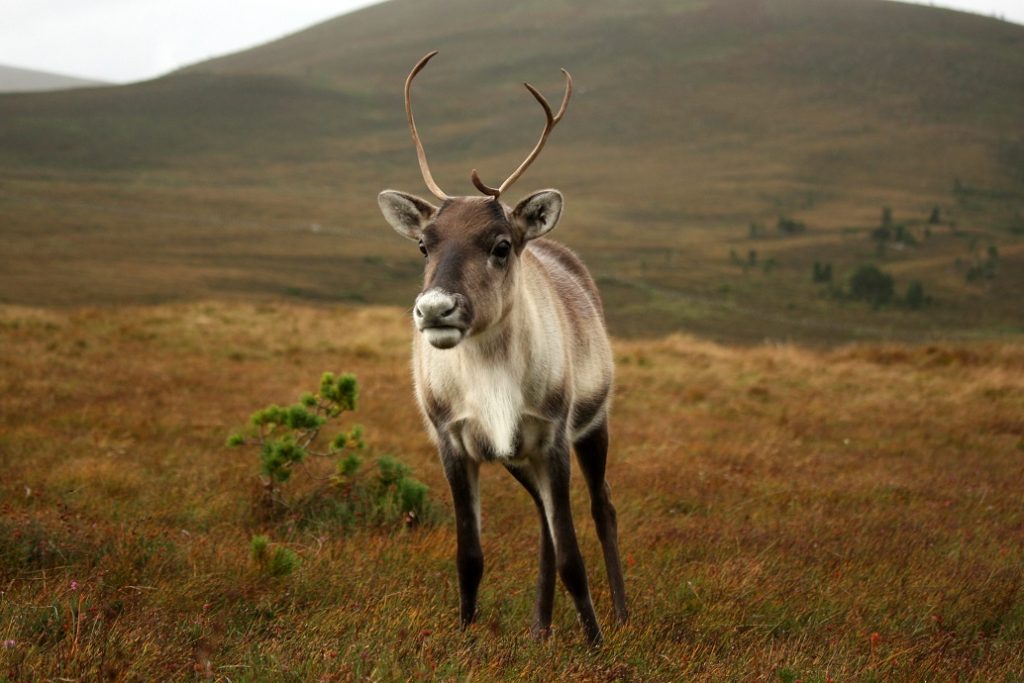
In the last 3 or 4 years we have put a lot more effort in to training our reindeer to come and put their heads into a feed bag and allowing us to touch them, in order to make it easier to catch and halter them when necessary. All winter when we’ve walked out to the herd first thing in the morning, before putting feed down on the ground for them we have wandered around the shyer reindeer, offering a bit of bribery in return for any positive behaviour towards us. For most reindeer this has worked wonders, and some characters that we could never have considered catching in the past (or at least whilst out in a large open space) are now easily won over – Inca, Suidhe and Roule have been our particular success stories! But as for Sika… she was a reindeer that would never really make eye contact but just turn away whenever a herder optimistically proffered a bag.
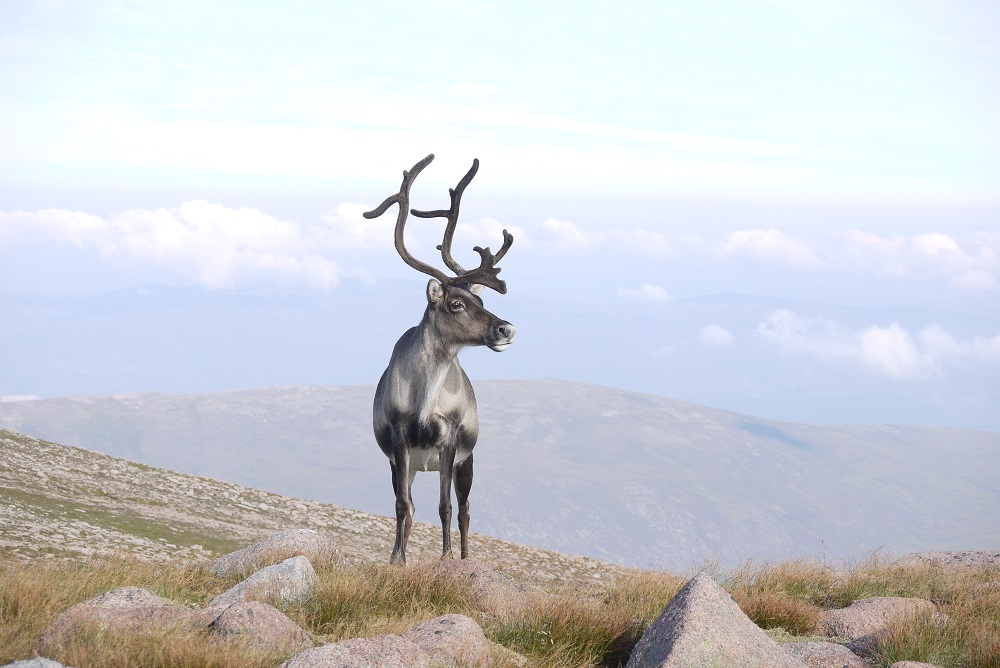
Fast forward to January 2022, and I snorted ‘Hmphh. Good luck!’ at Andi as she tried to catch Sika’s attention with the feed bag once again. But something was different. Just for a second she looked, before turning away again. Andi is like a dog with a bone in these situations, and I know I can push her to keep at something by telling her it isn’t worth bothering about (god bless you, reverse psychology) and sure enough she kept persisting. I almost fell over in surprise when, 5 minutes later, Sika had got to the point where she was stretching her neck out towards the feed bag, although not yet bold enough to put her nose right in it. This behaviour persisted from day to day until finally she snatched a mouthful… and a light-bulb went on somewhere in her little brain!
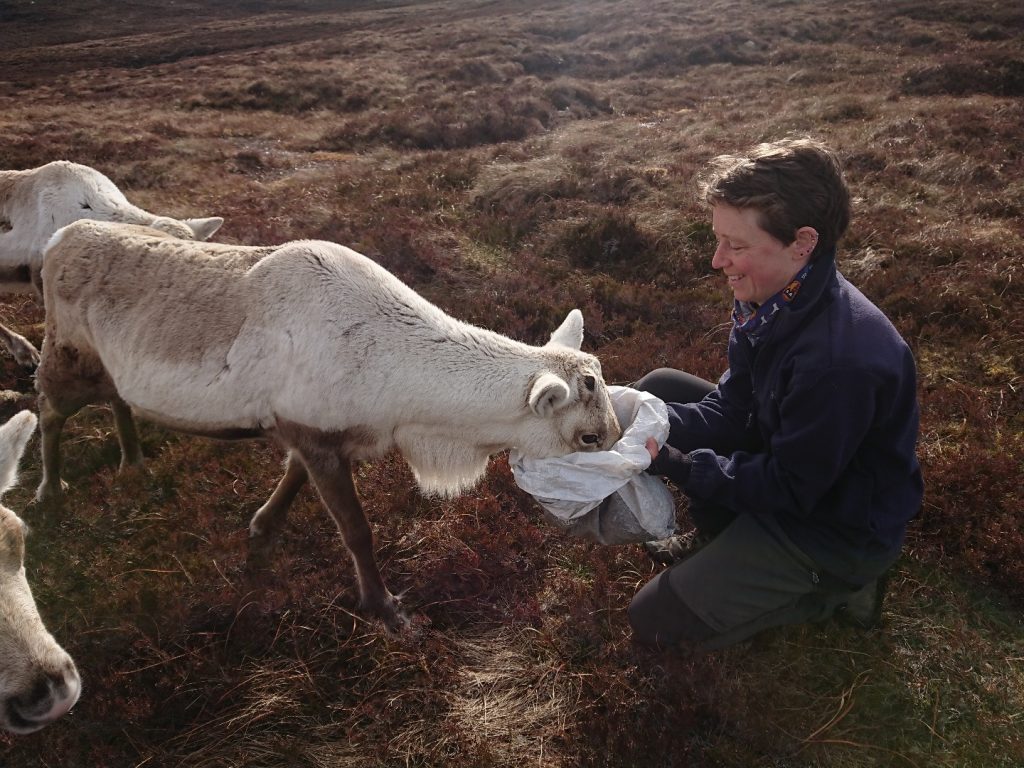
Now, Sika is one of the first reindeer over to us each morning, actively hunting down the feed bag and keeping a close eye on it until she’s offered a wee extra nibble. I love to look around at the herd, patiently hanging around waiting for us, catch her eye and rustle the bag a tiny bit… and see that head lift a bit, her eyes widen and a lick of the lips in anticipation! All her attention is on us the whole time – so different from the years of ignoring, or even actively avoiding – us.
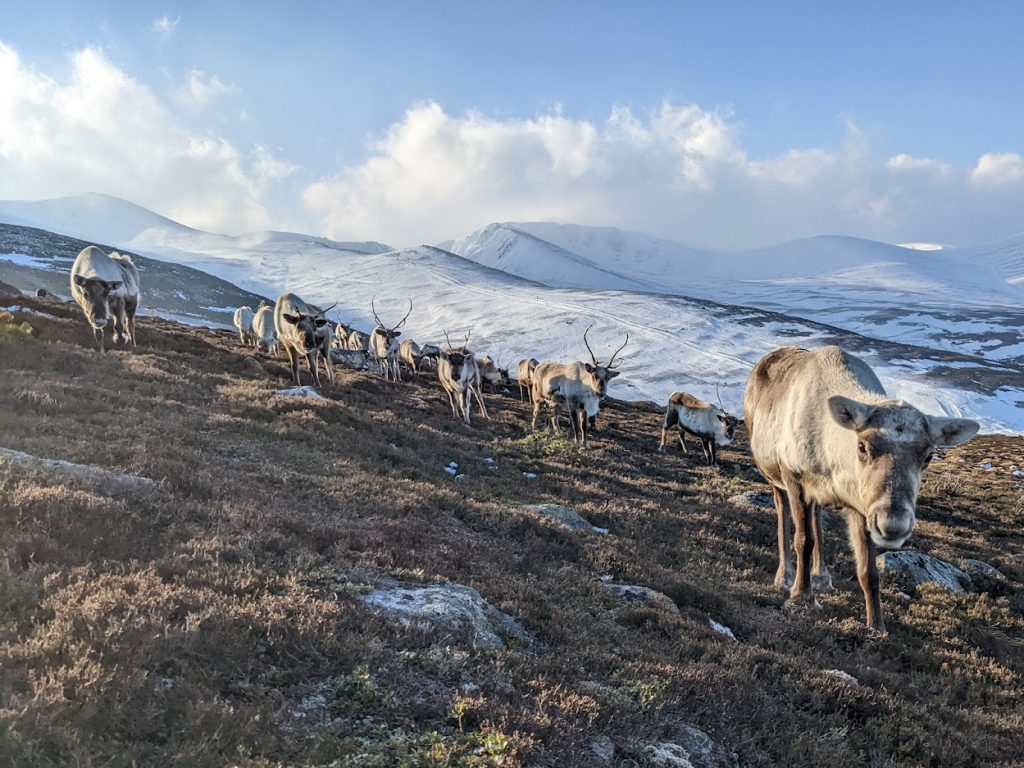
She is still quite jumpy around us however, and is definitely not a reindeer we’re about to try and actually catch and put a halter on, but at 14 years old there’s no need to. We are just enjoying finally getting to know her after a lifetime of obscurity! I can’t express enough how surprised we all are to find out that Sika is actually a lovely character, after all these years…
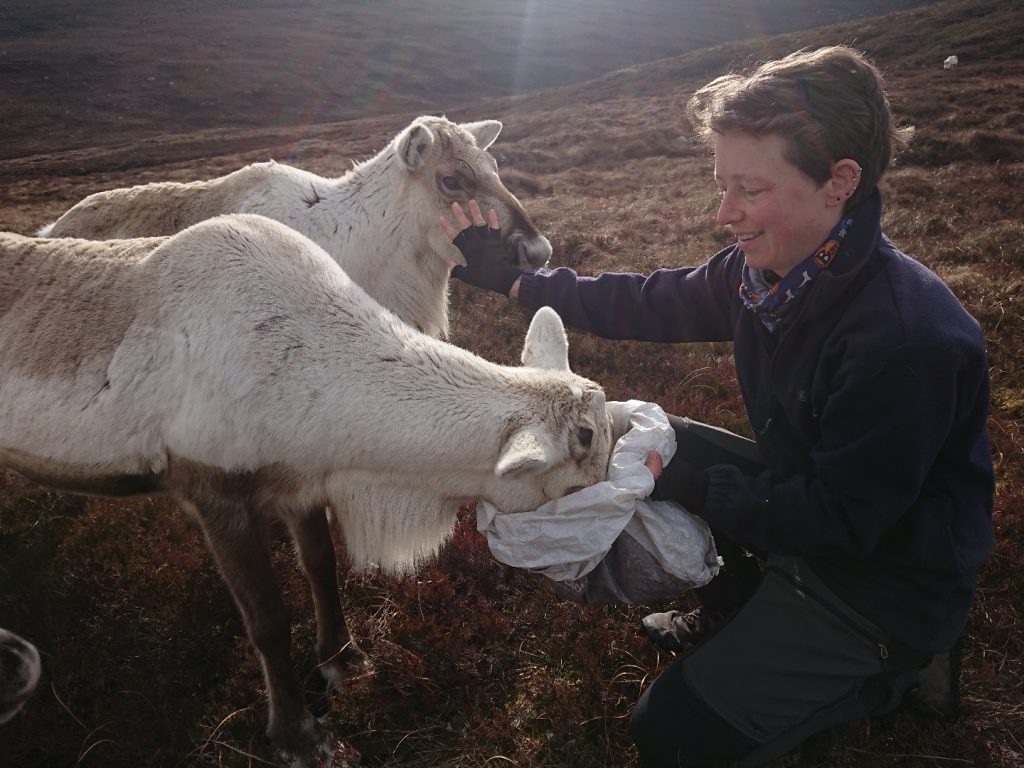
Hen

What a lovely story to read, thank you for telling us all about Sika 💗
Thank you so much for this enchanting story, it gladdened my heart to know that Sika now trusts special people and has such an endearing character. A friend gave me Tilly’s book on Reindeers and their introduction to the Cairngorms… I have read it over and over again. This also resulted in my sending a strongly worded message of outrage, when these sensitive animals were used in a Christmas Pageant, amidst crowds and in what must have been a terrifying environment for them. They may not be our ‘native wildlife’ but they deserve our care and protection not exploitation.
Reindeer are indeed native to the UK! They died out in the past, so our herd was reintroduced from Sweden back in 1952..